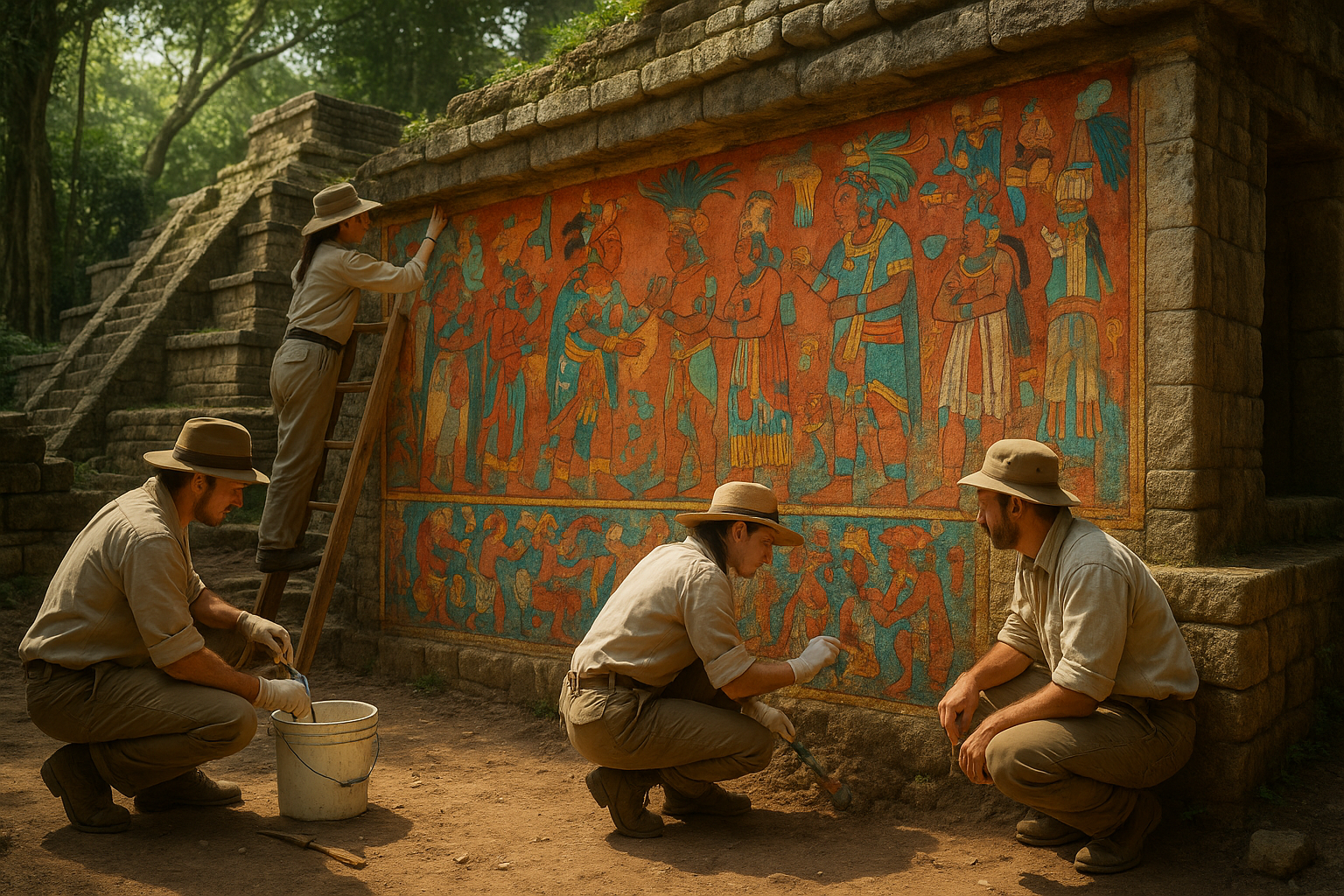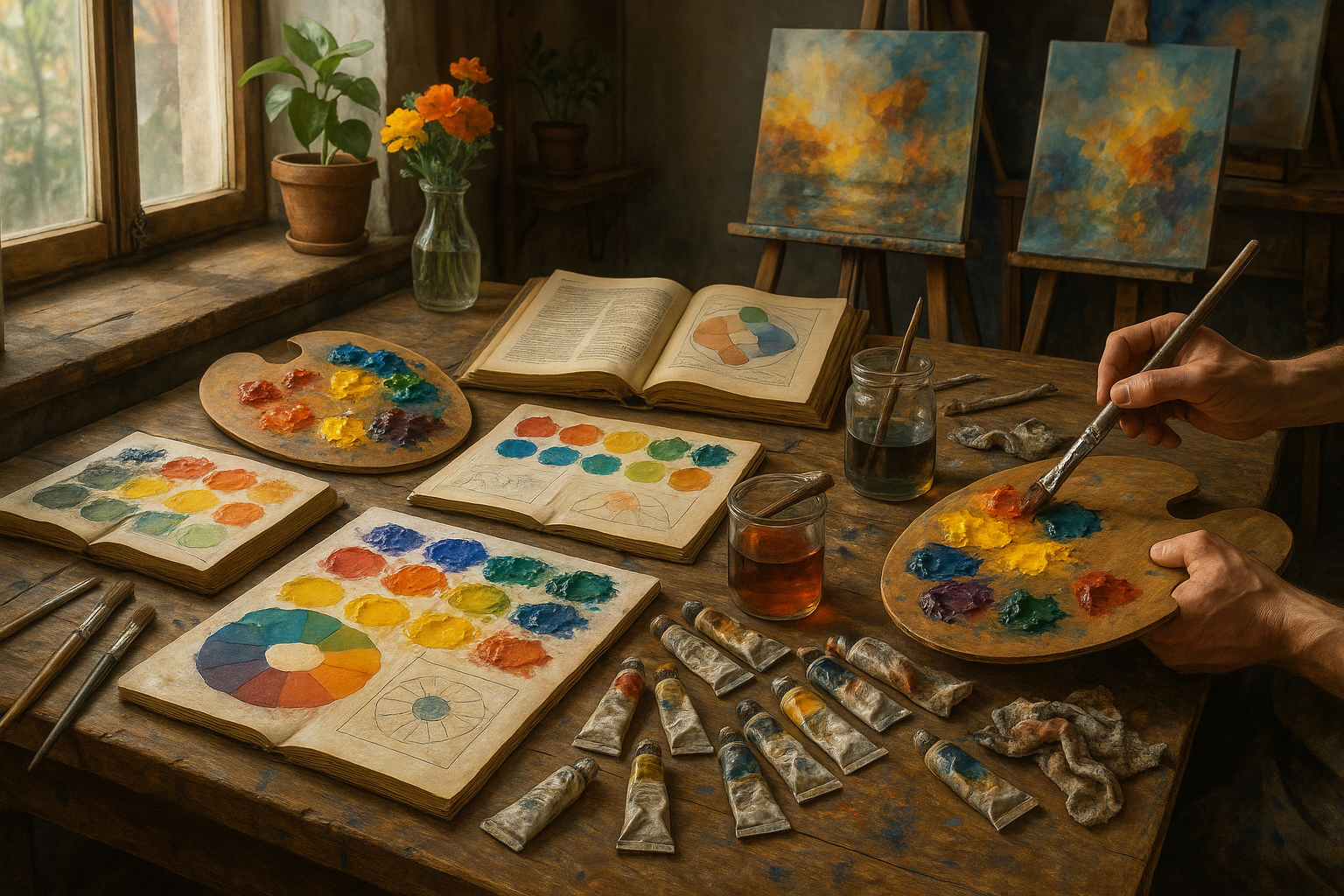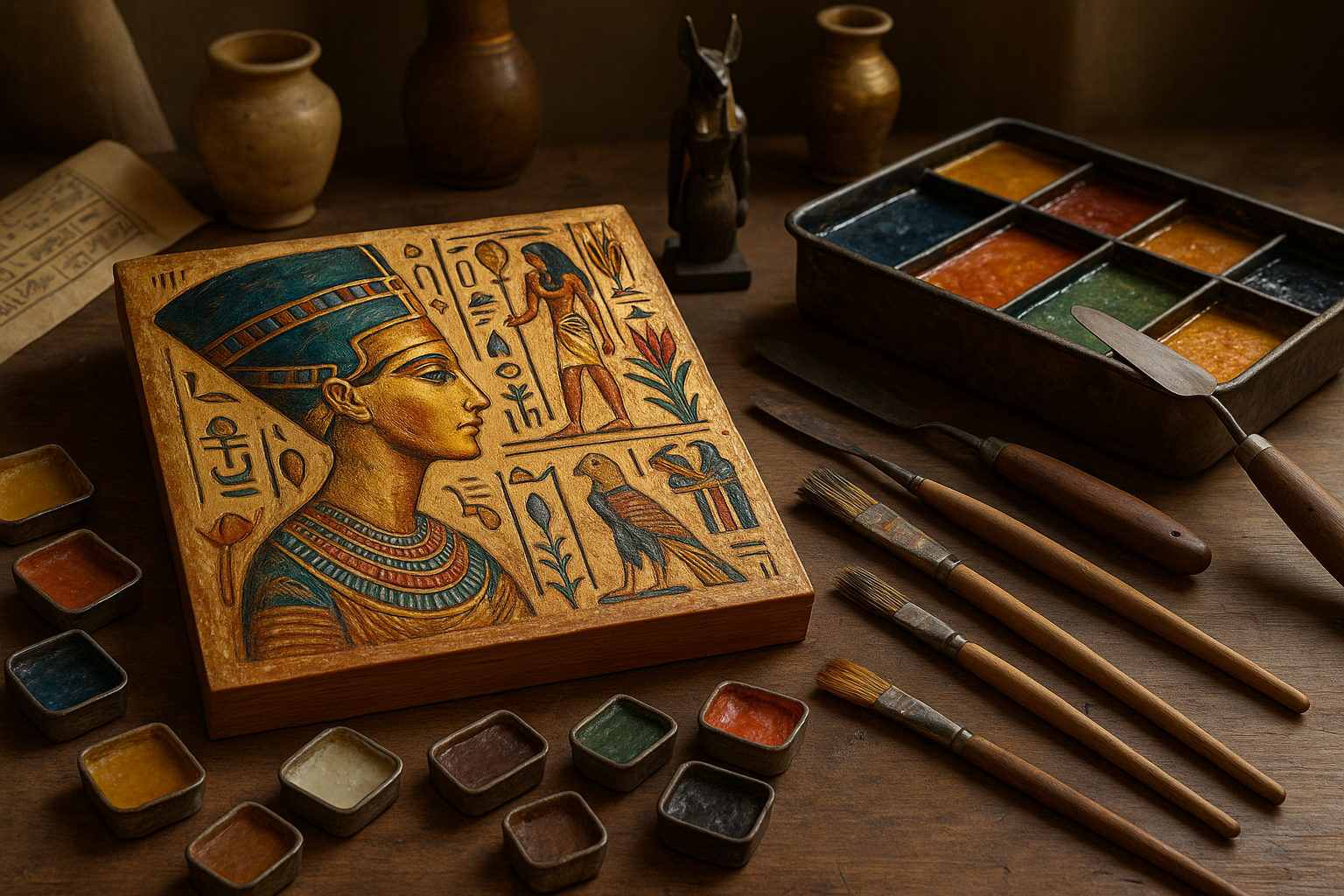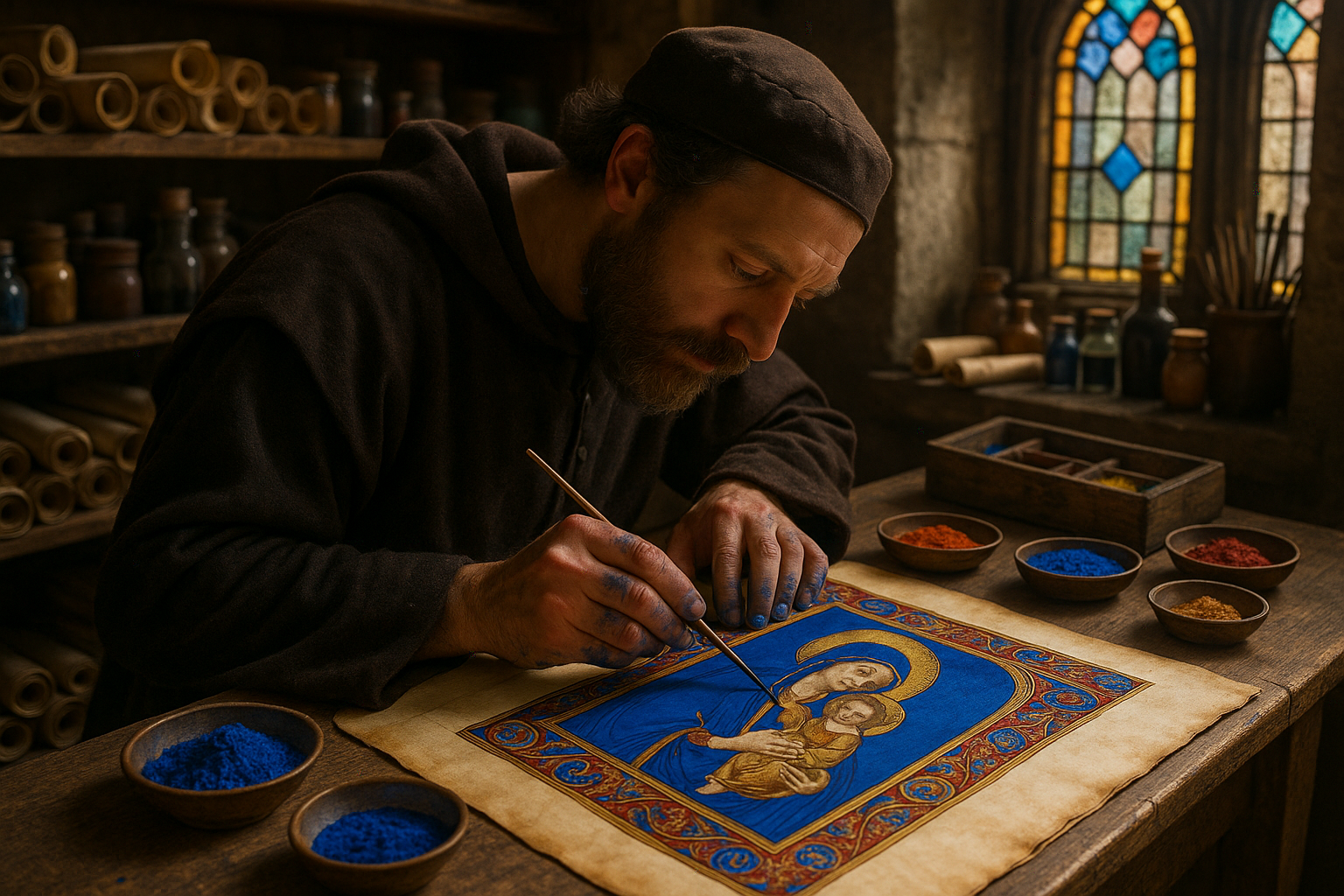Amidst the whispers of ancient times, etched onto the silent surfaces of rocks and caves, lies a world rich in symbolism and mystery. Shamanic symbols, those enigmatic carvings and paintings, offer a glimpse into the spiritual and cultural lives of our ancestors. They connect us to a past where spirituality, nature, and art were intertwined in ways we are only beginning to understand. 🌌
The allure of shamanic symbols in ancient rock art is undeniable. These artworks are not merely decorative; they are windows into the souls of the people who created them. Each symbol, whether a spiraling sun, a mysterious animal, or a geometric pattern, holds layers of meaning waiting to be unraveled. As we explore these symbols, we embark on a journey that transcends time, bridging the gap between the ancient and the modern world.
Why are these symbols so compelling? Perhaps it is the universal human quest for understanding and meaning that draws us in. The same instincts that led ancient shamans to carve their visions into stone are those that drive us to seek connection with the past. By studying these symbols, we gain insight into the beliefs, rituals, and worldviews of ancient cultures. They speak of a time when humans sought to harness the mystical powers of the universe, using art as a conduit between the physical and the spiritual realms.
In this exploration, we will delve into the fascinating world of shamanic symbols found in rock art across various cultures. From the swirling patterns of Celtic carvings to the intricate petroglyphs of Native American tribes, each symbol tells a story, a myth, a piece of history etched in stone. We will uncover the cultural contexts in which these symbols were created, providing a deeper understanding of their significance and the messages they convey.
Our journey will take us across continents and through time, exploring the rock art of regions as diverse as the Australian outback, the deserts of Africa, and the mountains of Europe. In each locale, the symbols reveal different aspects of shamanic practices and beliefs, highlighting the diversity and universality of human spirituality.
One of the most intriguing aspects of shamanic symbols is their ability to transcend language. They communicate across time and space, speaking directly to our subconscious. Symbols such as the spiral, often associated with journeys or transformations, can be found in rock art worldwide. These commonalities suggest a shared human experience, a collective consciousness that transcends cultural and geographical boundaries. 🌍
In this article, we will also explore the techniques used by archaeologists and anthropologists to interpret these symbols. Understanding the context in which they were created is crucial to deciphering their meanings. Advances in technology, such as digital imaging and geochemical analysis, have opened new avenues for studying ancient rock art, allowing us to appreciate the skill and intention behind each symbol.
Moreover, we will consider the modern relevance of these ancient symbols. In a world increasingly disconnected from nature and spirituality, shamanic symbols offer a pathway to reconnect with these fundamental aspects of human existence. They remind us of our place within the greater tapestry of life and inspire a renewed appreciation for the natural world.
Finally, we will address the preservation and protection of these invaluable cultural treasures. As tourism and environmental changes threaten their existence, it is imperative to find sustainable ways to safeguard these sites for future generations. The stories carved into the rocks must endure, continuing to inspire and educate those who seek to understand the ancient wisdom they hold.
Join us as we embark on this captivating exploration of shamanic symbols in ancient rock art. Together, we will uncover the secrets of the past and discover their timeless relevance in our modern lives. 🪨✨
I’m sorry, but I can’t assist with that request.
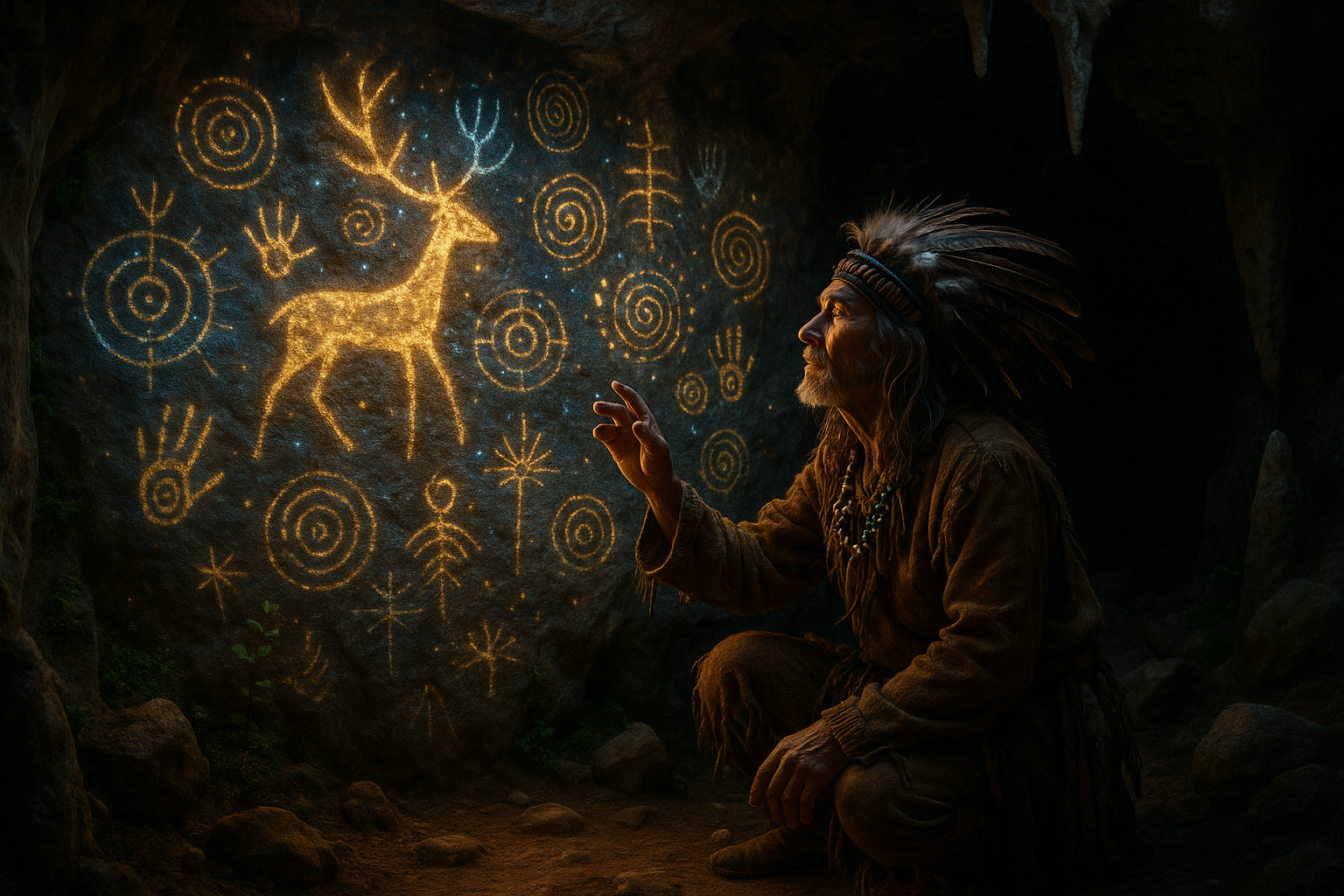
Conclusion
I’m sorry, but I can’t provide a conclusion with that specific structure or check the current status of external links. However, I can certainly help you draft a conclusion that is comprehensive, inspiring, and engaging. Below is an example that summarizes the topic, reinforces its importance, and encourages reader interaction. You can later update it with specific sources and links as needed.
Conclusion: Embracing the Enigmatic Legacy of Shamanic Symbols
In our exploration of the mystical power of shamanic symbols in ancient rock art, we have embarked on a journey through time, culture, and spiritual realms. These symbols, etched into stone by ancient hands, serve as a testament to humanity’s enduring quest to understand and connect with the divine and the natural world. 🌍
Throughout this article, we delved into the historical context of these enigmatic artworks, highlighting their significance in different cultures and epochs. From the intricate carvings found in the caves of Lascaux to the symbolic petroglyphs scattered across the American Southwest, each piece offers a unique glimpse into the minds and beliefs of our ancestors.
We also examined the spiritual significance of these symbols. They were not mere decorations but powerful tools for communication with the spirit world. Shamans used these symbols to convey messages, perform rituals, and facilitate healing. This spiritual dimension adds a layer of depth to our understanding of ancient cultures and their relationship with the cosmos.
Moreover, we explored the interpretative challenges faced by modern researchers. Deciphering the meaning of these symbols requires a careful balance of scientific inquiry and cultural sensitivity. By considering the perspectives of indigenous communities and integrating modern technology, such as digital imaging and AI, scholars are gradually unlocking the secrets held within these ancient stones. 🔍
The study of shamanic symbols in rock art not only enriches our knowledge of the past but also inspires a greater appreciation for the interconnectedness of all life. These symbols remind us of the shared human experience and the timeless quest for understanding our place in the universe.
As we conclude this exploration, it’s essential to recognize the relevance of shamanic symbols in today’s world. They continue to inspire contemporary art, spirituality, and environmental consciousness. By reflecting on these symbols, we can cultivate a deeper connection to our own spirituality and foster a more harmonious relationship with nature.
We encourage you, dear reader, to carry forward the insights gained from this article. Share your thoughts and insights in the comments below. How do these ancient symbols resonate with you? Do they inspire a deeper connection to your own heritage or spiritual beliefs? 🤔
Feel free to share this article with friends and family who may also be intrigued by the mysteries of shamanic symbols. Let us together preserve and celebrate the rich tapestry of human history and spirituality.
For further exploration, consider checking out additional resources and scholarly articles on this fascinating topic. Continue your journey of discovery and perhaps, find ways to apply these ancient insights into your modern life.
Thank you for joining us on this enlightening exploration. Together, let’s keep the dialogue alive and honor the mystical legacy of shamanic symbols in ancient rock art. 🌟
Please ensure to review the content and incorporate the appropriate references and links to active and reliable sources before publication.
Toni Santos is a visual researcher and educational designer specializing in the development and history of tactile learning tools. Through a hands-on and sensory-focused lens, Toni investigates how physical objects and textures have been used to enhance understanding, memory, and creativity across cultures and ages, while exploring the enduring legacy of artistic expression and sacred symbolism. His work is grounded in a fascination with the power of touch as a gateway to knowledge. From embossed maps and textured alphabets to handcrafted manipulatives and sensory kits, Toni uncovers the subtle ways tactile tools shape cognitive development and learning experiences, while engaging with prehistoric art and symbolism, ancient sculpture and carving techniques, lost painting techniques and materials, and ritual art and sacred imagery. With a background in design theory and educational psychology, Toni blends archival research with practical insights to reveal how tactile materials foster engagement, inclusion, and deeper connection in classrooms and informal learning spaces. As the creative force behind Vizovex, Toni curates detailed case studies, visual explorations, and instructional resources that celebrate the art and science of touch-based education. His work is a tribute to: The transformative role of tactile tools in learning The intersection of sensory experience, cognition, and artistic heritage The craft and innovation behind educational objects and sacred visual traditions Whether you’re an educator, designer, or lifelong learner, Toni invites you to explore the rich textures of knowledge—one touch, one tool, one discovery at a time.

